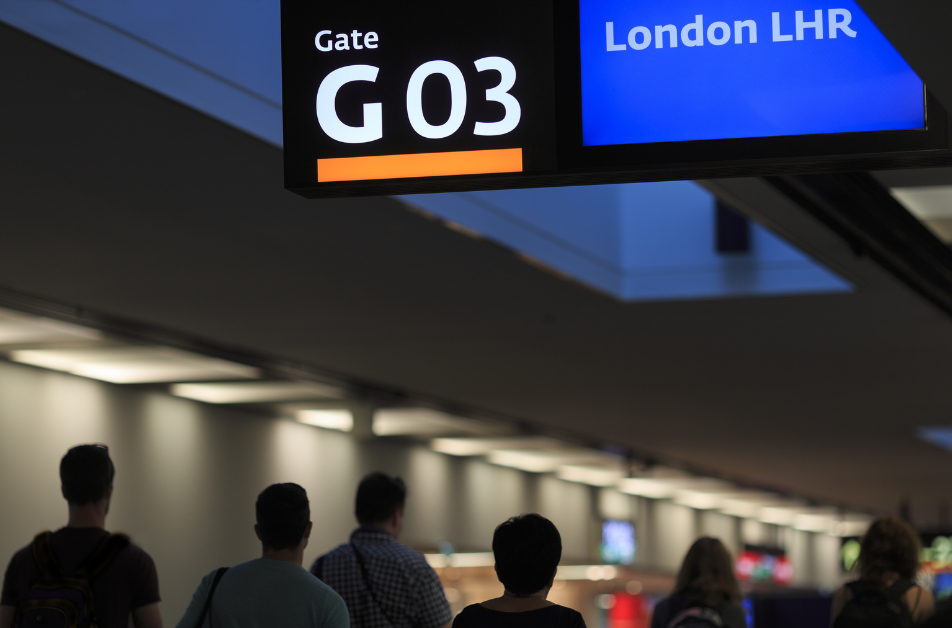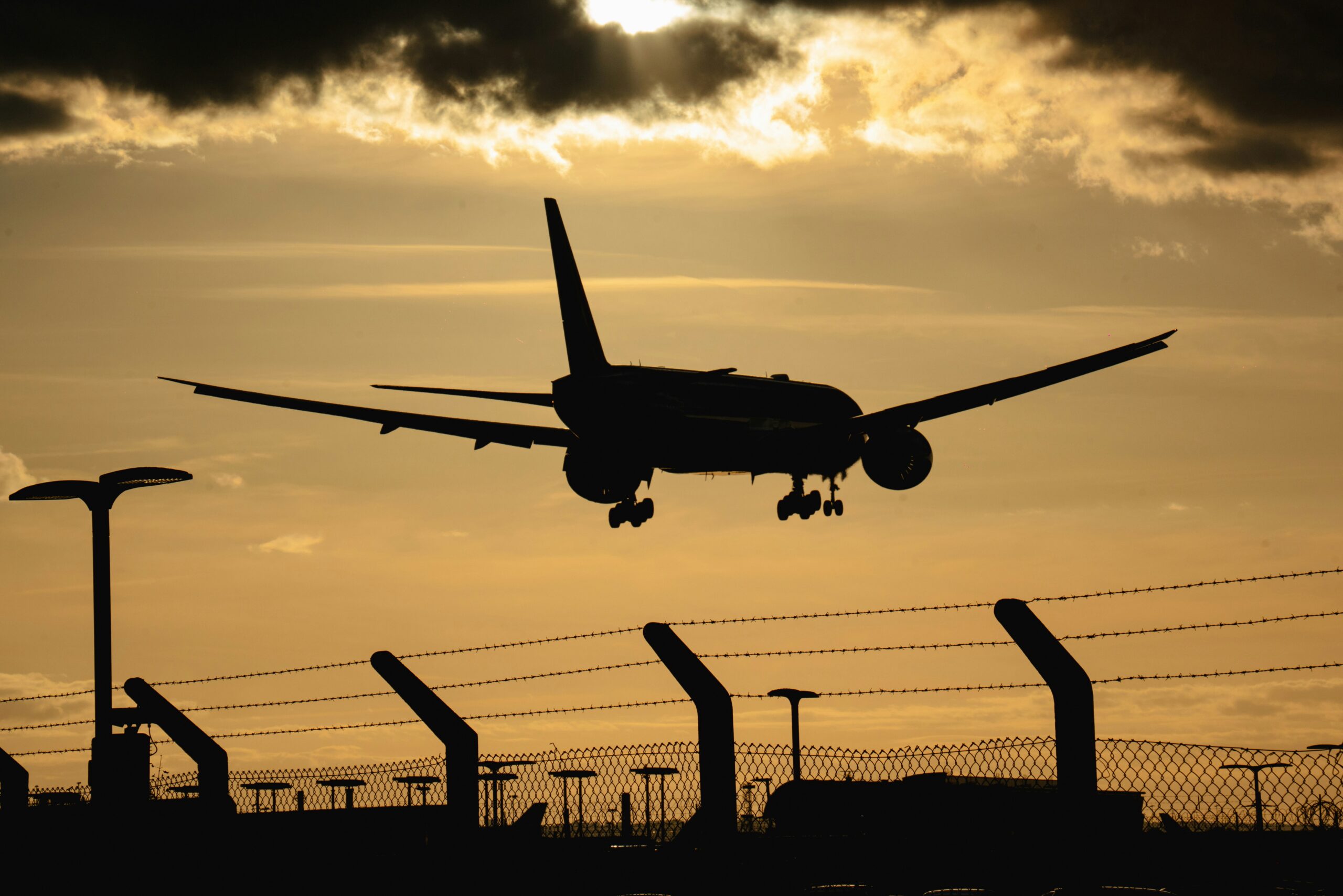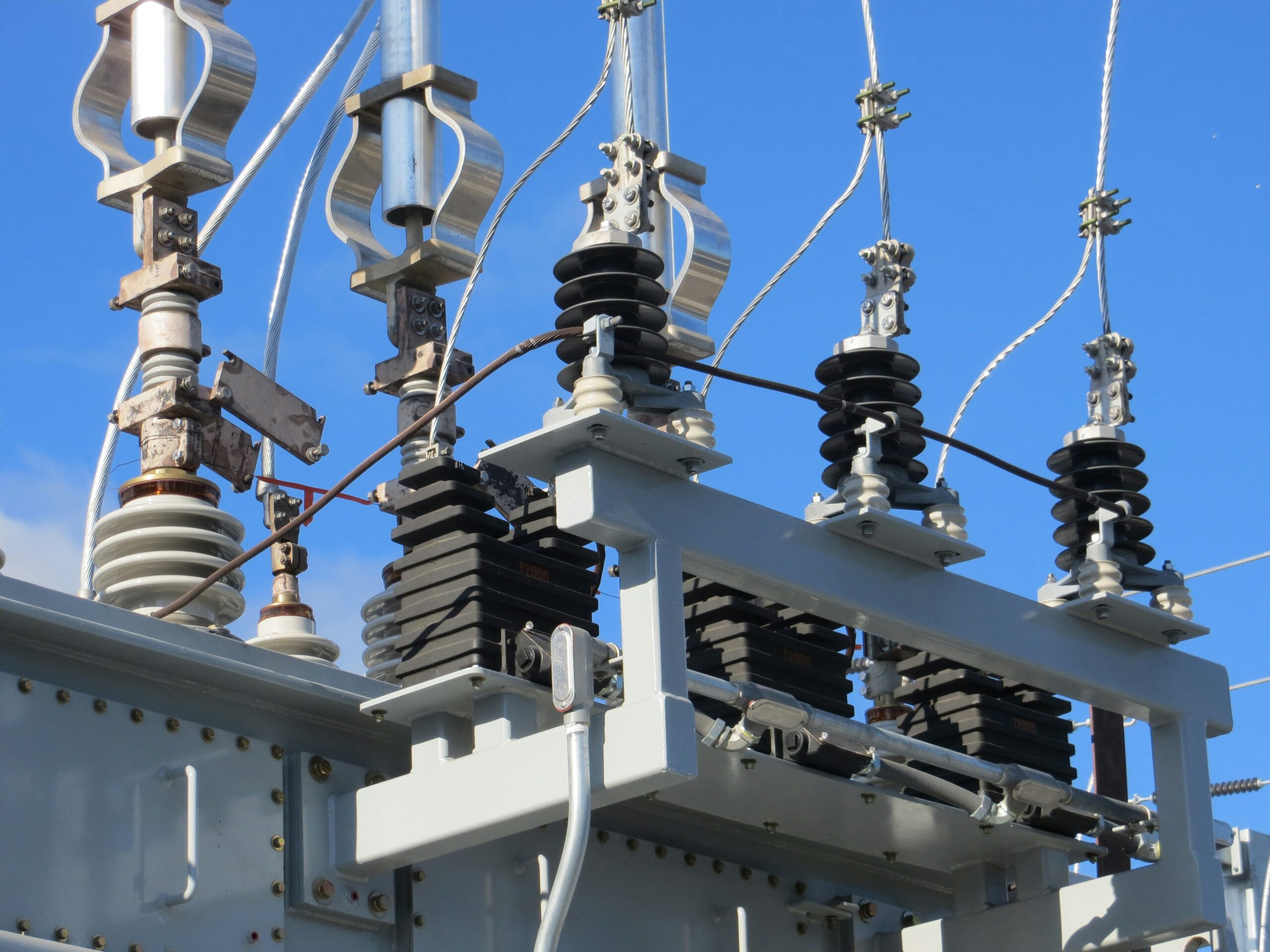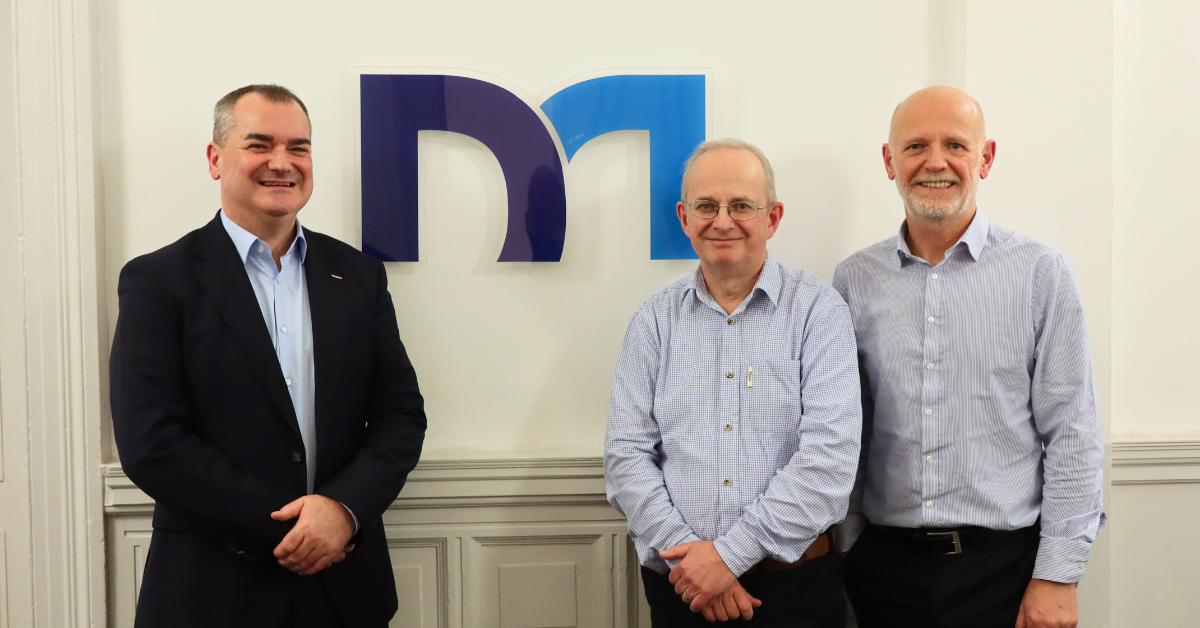News
Resilience Under Fire: What the Heathrow Outage Reveals
Resilience Under Fire: What the Heathrow Outage Reveals
Last week, we witnessed a major disturbance at Heathrow Airport due to a fire at North Hyde substation, which as a result caused widespread disruption, leading to the cancellation of nearly 1,400 flights and affecting over 200,000 passengers.
While power was restored and the airport returned to a full schedule by Sunday, the incident has triggered investigations by the government and Heathrow itself into the cause of the outage, the response, and the broader resilience of critical national infrastructure.
A key point emerging from the immediate aftermath is the claim by National Grid’s CEO that sufficient power was available from other substations for Heathrow to remain operational, raising questions about the airport’s preparedness and decision-making during the crisis, but it also raises questions within the industry on the importance of wider resilience across sectors, from Data Centres, to education. We spoke to Stephen Phimister, Director of Engineering at Wallace Whittle, to hear his perspective on the importance of resilience.

Despite Heathrow having multiple electricity connections and reported on-site, the fire at the North Hyde substation appears to have caused an outage of such significance the airport had to be closed. Thus highlighting a vulnerability where a single event can cripple a critical system, even with redundancy measures in place and it’s a reminder of how easily critical infrastructure can be disrupted.
“Grid Supply Points (GSPs) play a vital role in transforming high-voltage electricity from the transmission network, typically 275kV or 132kV, down to distribution levels around 66kV or 33kV. Each GSP is generally equipped with two transformers, operating in an N+N configuration, meaning both can handle the load if one fails. A failure of a single transformer creates what is known as an N-1 condition, which the system can typically withstand. However, in the case of Heathrow, the fire not only caused the failure of the first transformer but also appears to have compromised or shut down the second transformer, resulting in an N-2 condition, complete system failure. ” Stephen explained.
Although Heathrow had backup diesel generators to maintain safety-critical systems, these were not sufficient to power the entire airport. According to Heathrow’s CEO, Thomas Woldbye, switching to the other two substations “takes time.” However, the head of National Grid indicated that these substations were operational and could have supplied enough power to keep the airport running. This discrepancy raises concerns about the speed and effectiveness of Heathrow’s electrical reconfiguration procedures and its overall preparedness for handling such emergencies.

What Happens When the Lights Go Out?
This incident raises the issue of the importance of a stable electricity grid. With increasing reliance on the grid how could a major outage affect wider society, and how consequences of such an outage could ripple across multiple sectors. Here’s a generalised glimpse into how different parts of society could be affected:
Built with resilience in mind, data centres typically operate with at least N+1 generators and uninterruptible power supplies (UPS). As demonstrated during the Heathrow incident, these facilities continued to function without interruption.
In an N-1 scenario, hospitals are likely to stay on grid power. However, in an N-2 event, they would switch to on-site generation to ensure all critical infrastructure remains operational, albeit with the possibility of some local disruptions. You can learn more about our approach to Electrical Categorisation in Healthcare here.
These facilities often pay a premium to be supplied by two separate GSPs, ensuring continuity of operations even during significant outages.
Most office buildings maintain only life safety systems (emergency lighting and evacuation support) during power failures. While some tenants may have their own generators to sustain limited operations, these rely on the availability of essential landlord services, such as water and sanitation, which could also be compromised during prolonged outages.
The majority of shops and offices lack backup power, leading to mass evacuations of premises and business closures.
The impact of such disruptions extends far beyond commercial and institutional sectors, affecting everyday life in numerous ways. While diesel and internal combustion engine (ICE) buses may continue operating, electric buses are left stranded once their batteries run out, as EV charging infrastructure is rarely supported by backup generators. Major railway stations may continue to function, albeit with reduced capacity, but smaller local stations, lacking on-site power support, are likely to shut down entirely.

What can we learn from this?
The National Grid substation fire serves as a stark reminder of how fragile critical infrastructure can be and the cascading effects of a major power failure. One key takeaway is that resilience is often only noticed when it fails. The impact of incidents on the electricity grid, or even within private premises, can impact business operations. This highlights the need to consider not just primary failures but also worst-case cascading failures in resilience planning.
The incident also emphasises that business continuity planning cannot be a one-size-fits-all approach. Underscoring the importance of regularly reviewing and testing backup systems to ensure they function properly in a crisis, and the urgent need to strengthen the protection of critical national infrastructure. This is especially important given that Heathrow is a privately operated business and not under direct government control.
“Accepting that Heathrow is a private operation, ultimately, the Heathrow outage is a wake-up call for governments, infrastructure providers, and businesses to consider the importance of resilience. As the complexity of modern systems grows, so does the need to build robust and adaptable infrastructure that can withstand challenges. Investing in resilience today is not just a precaution, it’s necessary for future safeguarding.”
It would be easy to suggest that resilience is added everywhere but that just isn’t practical or economical. Instead, consideration needs to be given to the impact of disruption on a number of factors including cost, operational impact and reputational damage.“ Stephen concluded.
At Wallace Whittle, we understand the importance of resilience in critical infrastructure. If you’re looking to strengthen the resilience of your projects or would like to discuss how our expertise can support your engineering needs, reach out to Stephen Phimister or contact us at [email protected]


